From Oct. 16, 2024 to Jan. 26, 2025, in Genoa, a new chapter continues the series of exhibitions that bring into dialogue works from the Frugone Collection at the Nervi Museums and some illustrious “guests.” After Giovanni Boldini, it is indeed the turn of Joaquín Sorolla y Bastida (Valencia, 1863 - Cercedilla, 1923), the greatest Impressionist Spain has known. The Museo delle Raccolte Frugone holds two masterpieces by the Spanish painter, Return from Fishing, signed and dated 1904, and Napping in a Boat, dated 1895-1896. The works, by subject matter, are particularly suited to their location, Villa Grimaldi, where the sea gazes out of the windows. The two paintings will be compared with one of the most significant works in Italian public collections, the 1892 Return from First Communion, kept at the Casa Cavazzini Museum in Udine, allowing an excursus between different moments of his production, in an exhibition entitled Joaquín Sorolla y Bastida: the Mediterranean Impressionist.
An artist with a rare ability to render the relationship between light and color, a color bursting with intensity under the Mediterranean sun of the beaches of Valencia, Sorolla is today one of the most highly regarded Impressionist painters outside the better-known French compendium. A lover of nature, and especially of the sea, Sorolla stages, without any political or critical intent, the life that flows before his eyes, making explicit the constant link that in the second half of the 19th century fuses art and photography.
Hours: Tuesday to Friday from 9 a.m. to 6:30 p.m. (last admission 6 p.m.), Saturday and Sunday from 9:30 a.m. to 6:30 p.m. (last admission 6 p.m.). Tickets: full 5 €, reduced 3 € for people with disabilities (on presentation of European Disability Card or appropriate certification), over 65 (EU citizens), Ducale+ Card membership holders, groups of at least 15 people. Free for 0 to 18 years old (EU citizens), accompanying persons with disabilities, Sunday residents in the City of Genoa, registered journalists, national tour guides with badges, ICOM members, teachers in possession of the schools card, teachers and students enrolled in the faculties of Architecture, Conservation of Cultural Heritage, Education Sciences and degree courses in Humanities or literary subjects with an archaeological or historical-artistic focus of the faculties of Humanities and Philosophy, teachers and students enrolled in the Academies of Fine Arts of the University of Genoa, groups or groups of students from public and private schools (EU citizens), accompanied by their teachers, by prior reservation.
For information: Reception and ticket office tel. 0105576900, biglietteriafrugone@comune.genova.it, museidinervi@comune.genova.it
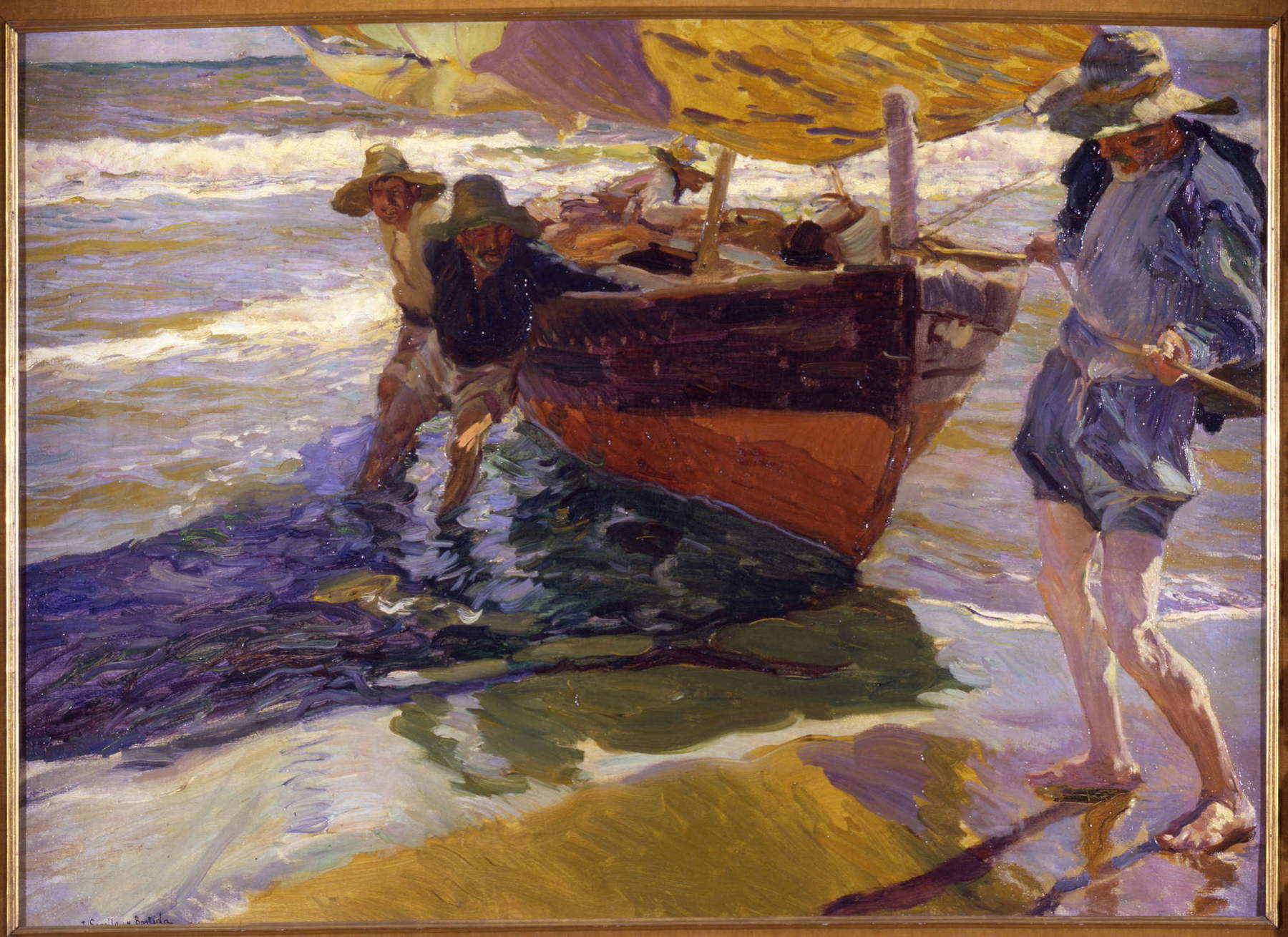
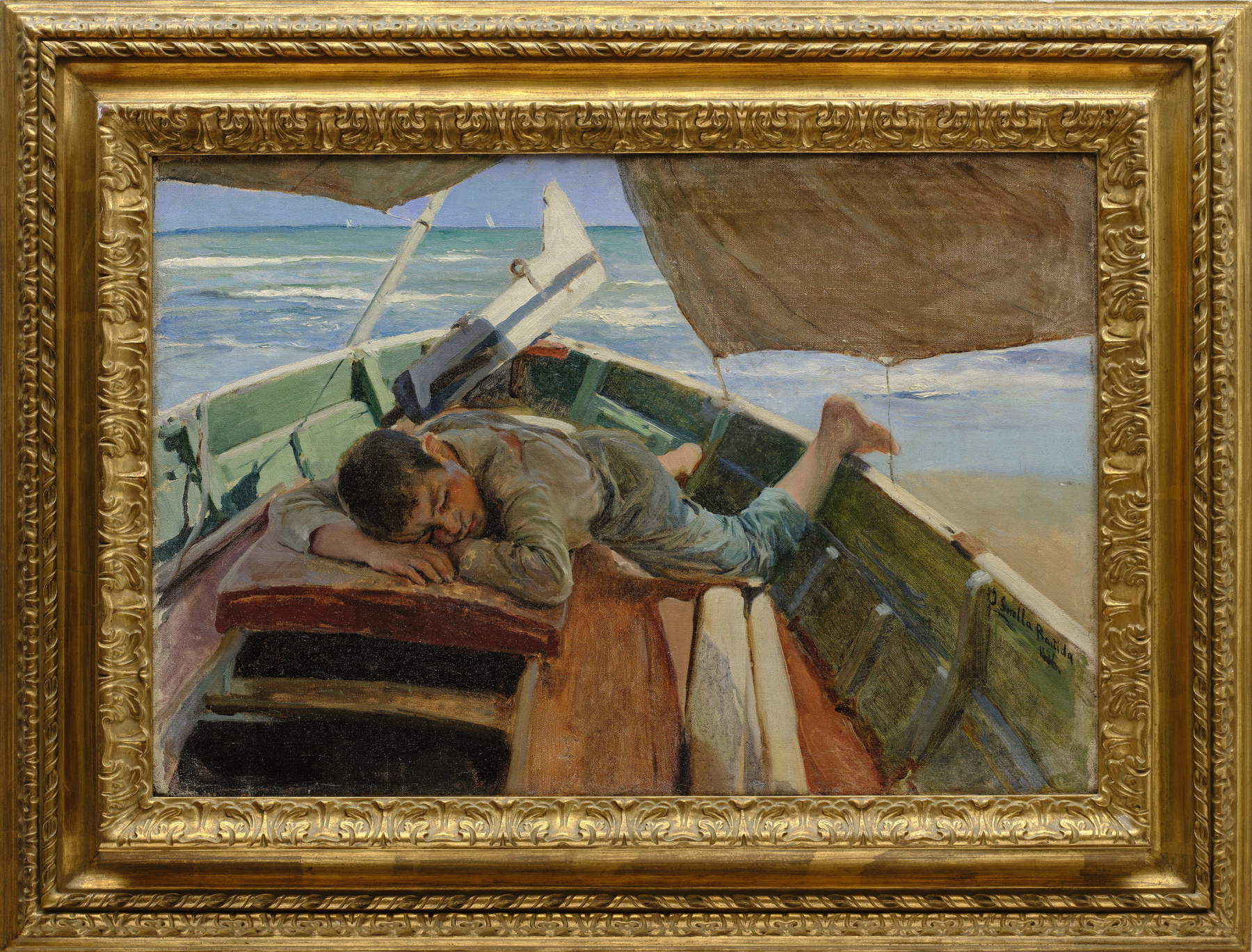
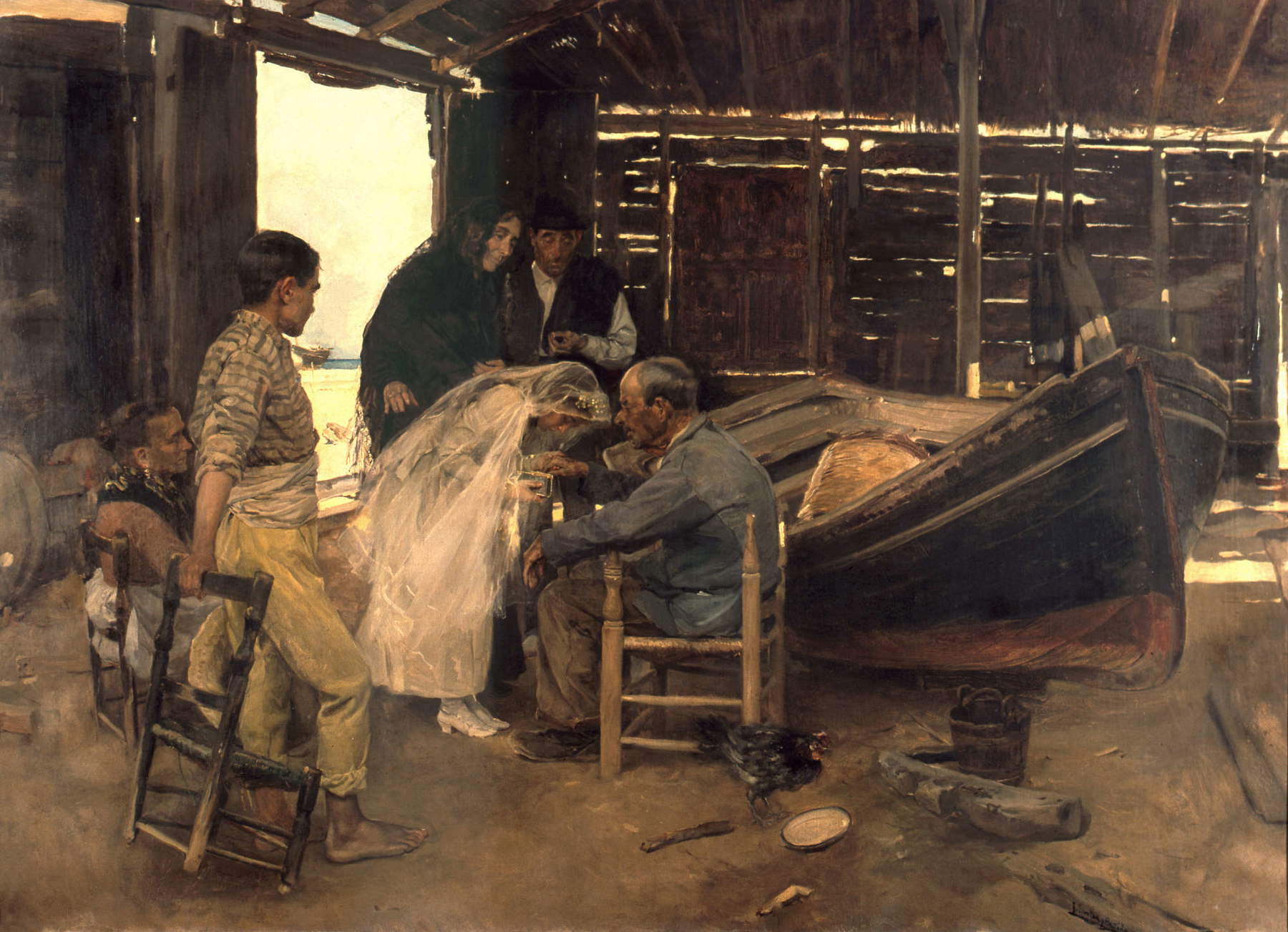
The Raccolte Frugone are part of the Nervi Museums cluster along with the GAM Gallery of Modern Art, the Giannettino Luxoro Museum, and the Wolfsoniana. The Villa Grimaldi Fassio, like the imposing Saluzzo Serra, now home to the GAM, is nestled in the splendid setting of the Nervi parks. To it, the City of Genoa has destined the collections of the two entrepreneur and patron brothers Lazzaro and Luigi Frugone donated to the city in 1935 and 1953, respectively. The venue is perfectly suited to house the canvases, marbles and bronzes collected by the Frugone family that testify to the sparkling national and international Belle Époque atmosphere of the late 19th and early 20th centuries, with as many as three extraordinary works by Giovanni Boldini, including the famous and magnetic portrait of Miss Bell, which alone would justify a visit to the museum.
The two outstanding collections of the Frugone brothers include 284 pieces including paintings, sculptures and drawings by Italian and foreign artists active between the second half of the 19th and early 20th centuries: portraits, genre painting, and landscapes, responding to the taste of that early twentieth-century upper-class collector who, moving from the Italian and foreign researches of en plein air landscape painting in the second half of the nineteenth century, was oriented toward thecasual elegance of the European Belle Époque at the end of the century, Paris in the lead, brushing up against the symbolism of Leonardo Bistolfi and Giovanni Segantini, and consciously avoiding twentieth-century avant-gardes and experiences related to futurisms, metaphysics and magic realism.
Villa Grimaldi Fassio, possibly of sixteenth-century origin and for certain documented in the second half of the eighteenth century, was bought in 1956 by shipowner and publisher Ernesto Fassio (1893-1968) and converted into the residence of his daughter Franca Ginevra (1926), who had moved there after her marriage to medical examiner Radu Tomellini. It was completely renovated, in exteriors and interiors, between 1959 and 1960 by the well-known Genoese architect Luigi Carlo Daneri (Borgo Fornari 1900-Genoa 1972), pandering to the residential needs of the Fassio family, modifying the layout of the floors and the ancient articulation of the spaces, erasing all original decorative elements to give the dwelling the precious and restrained sobriety of a new seventeenth-century sign.
The museographic arrangement of the Frugone brothers’ collections was overseen between 1992 and 1993, by the architectural firm Ferretti & Bobbio of Genoa, and the museum was opened to the public on March 21, 1993. The layout largely respects the collecting criteria of their owners and displays the paintings with the magnificent original frames.
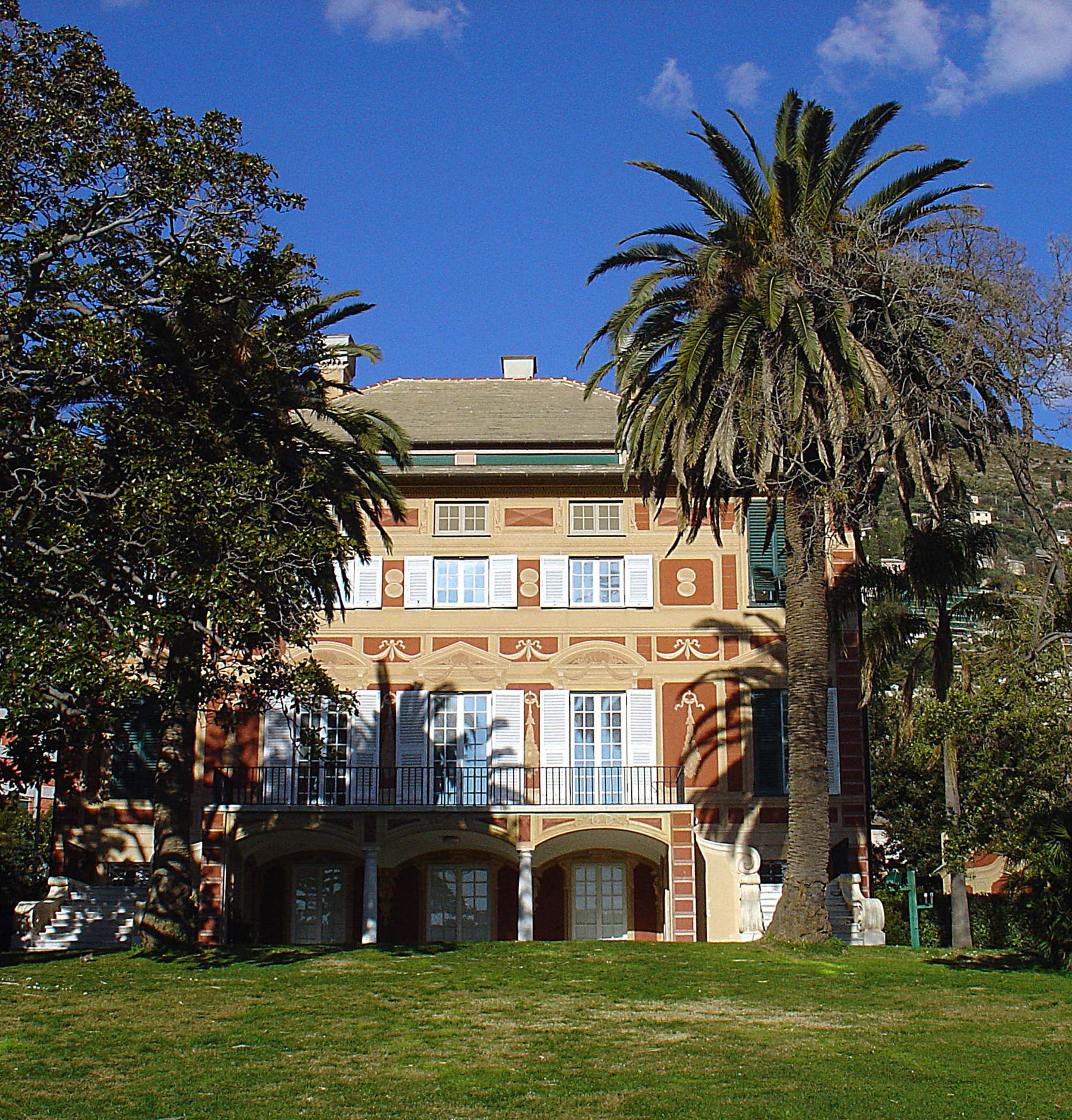
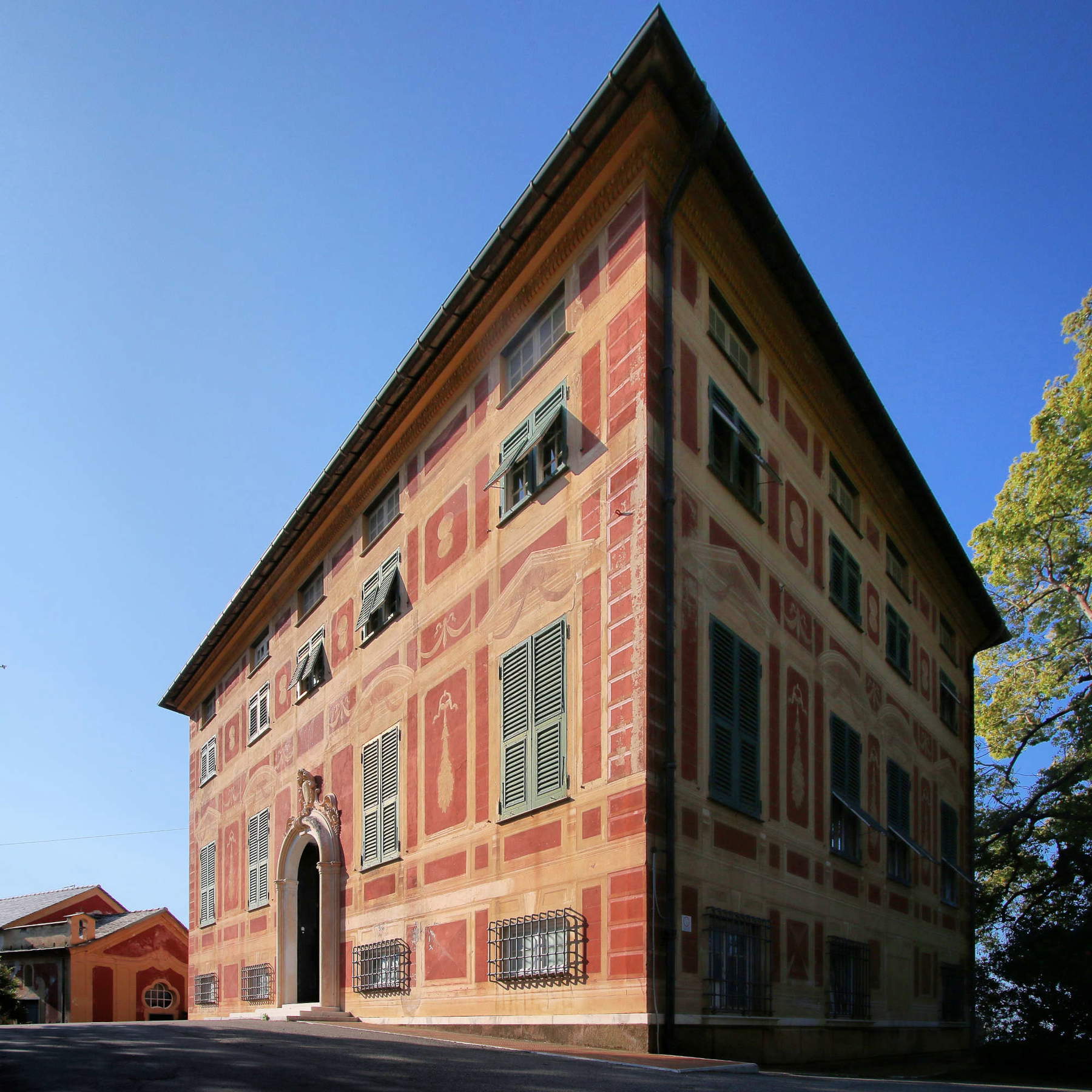
Palaces and villas, prestigious venues for important museums, embellish a landscape and natural setting of undisputed beauty: the close relationship between art and nature has led to the creation of the Nervi Museums hub. The Gallery of Modern Art at Villa Saluzzo Serra, the Frugone Collections at Villa Grimaldi Fassio, the Giannettino Luxoro Museum and Wolfsoniana, set up in the linear spaces of a 1960s building, are the cultural stops on a pleasant stroll within the large historic public parks, with Mediterranean and exotic plants, connected to the prestigious rose garden of Villa Grimaldi Fassio, from which the magical presence of the sea is grasped.
A single exhibition itinerary, oscillating between public and private collecting, unites the art collections, from the 17th century to the present day, with the decorative arts of the mansion-museum of Villa Luxoro, the refined Belle Époque collections of paintings and sculptures of the Frugone Collections in Villa Grimaldi Fassio, and the numerous works set up in the renovated Modern Art Gallery of Genoa, in Villa Saluzzo Serra. A rich look at the nineteenth and twentieth centuries, enhanced by the presence of furniture, glass, silver, paintings and sculptures, dating between 1880 and 1945 belonging to the Wolfsoniana Museum. A visit that is enriched, on the route between the villas, by absolutely unique landscape views.
 |
| Genoa, at the Nervi Museums an exhibition dedicated to Joaqu?n Sorolla |
Warning: the translation into English of the original Italian article was created using automatic tools. We undertake to review all articles, but we do not guarantee the total absence of inaccuracies in the translation due to the program. You can find the original by clicking on the ITA button. If you find any mistake,please contact us.